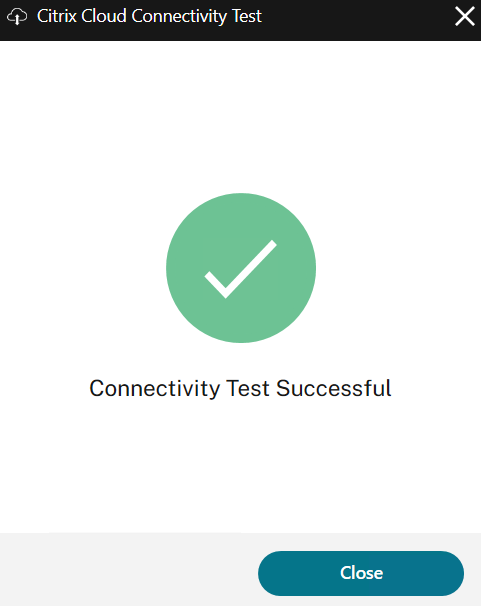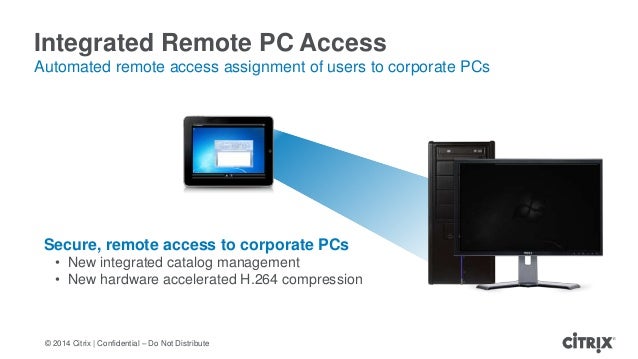


This should be set to $true to allow the script to add multiple users to the same desktop. Once these settings are configured and the This should be set to $true to add User assignments from the CSV or $false to skip adding user assignments. This should be set to $true to add computers from the CSV or $false to skip adding computers. The next two variables provide a mechanism to control whether computers are added, users are added or both. The fie should be stored in the same folder as the script. This variable defines the name of the input CSV file. Multiple catalogs can be processed at the same time by creating a separate folder/script to run against the Delivery Controller. Enter the desired catalog here that matches the csv file being used.

The script can only be run against one catalog at a time. When running the script on a delivery controller it makes sense to use the one the script is running on.

This variable should be set to a delivery controller. Ten thousand machines can beĪt the top of the script there is a section called script setup that must be modified to tailor the script. Multiple versions of the script can be run simultaneously to load multiple catalogs. If a new file is created, it must be kept in this format or the script will need to be modified to match any changes.Įach CSV file should be created to add the computers and user to a single catalog. The format used for the script is shown below. The script will take input from a CSV file with a specific format. Then a folder off the root of the file system should be created with no space in the name and the script should be copied there. The script must be downloaded and unblocked in windows.
#Citrix remotepc install
For Citrix Virtual Apps & Desktops Service in Citrix Cloud, please install the latest Remote Powershell SDK from For on-prem deployments, you could run the script from a Delivery Controller or a machine where the Citrix Studio Console has been installed. The script must be run from a machine that has access to the Citrix PowerShell SDK. This allows for pre-adding all computers then adding users as desired to match license compliance.Įvery time the script runs it will create a log folder with the date/time the script was run and a log file that details success/failure of each step plus csv's for missing computer or users. It is possible by changing the script settings to just run the AddComputer logic or just run the AddUser logic. The script can be configured to only assign one user per computer or allow multiple assignments. The third pass will check that the computers and users were added and create csv files for missingcomputers or missing users. The second pass will assign the users to the computers The script is designed to run in several passes which can all be turned on or off. The mapping of computers to users must be defined in a CSV file with a pre-defined format. The script uses the Citrix Broker PowerShell SDK to add computers to a RemotePC Machine Catalog and then assigns users to the computers that were added.
#Citrix remotepc how to
This document is intended to provide an explanation of how to use the script and how the script works. In support of this effort Citrix consulting created a PowerShell script to pre-load computers and pre-assign users to these computers based on an input file in CSV format.
#Citrix remotepc Pc
Many organizations re implementing a Citrix RemotePC solution to allow workers working from home to connect to their office PC in response to the COVID-19 pandemic situation.


 0 kommentar(er)
0 kommentar(er)
